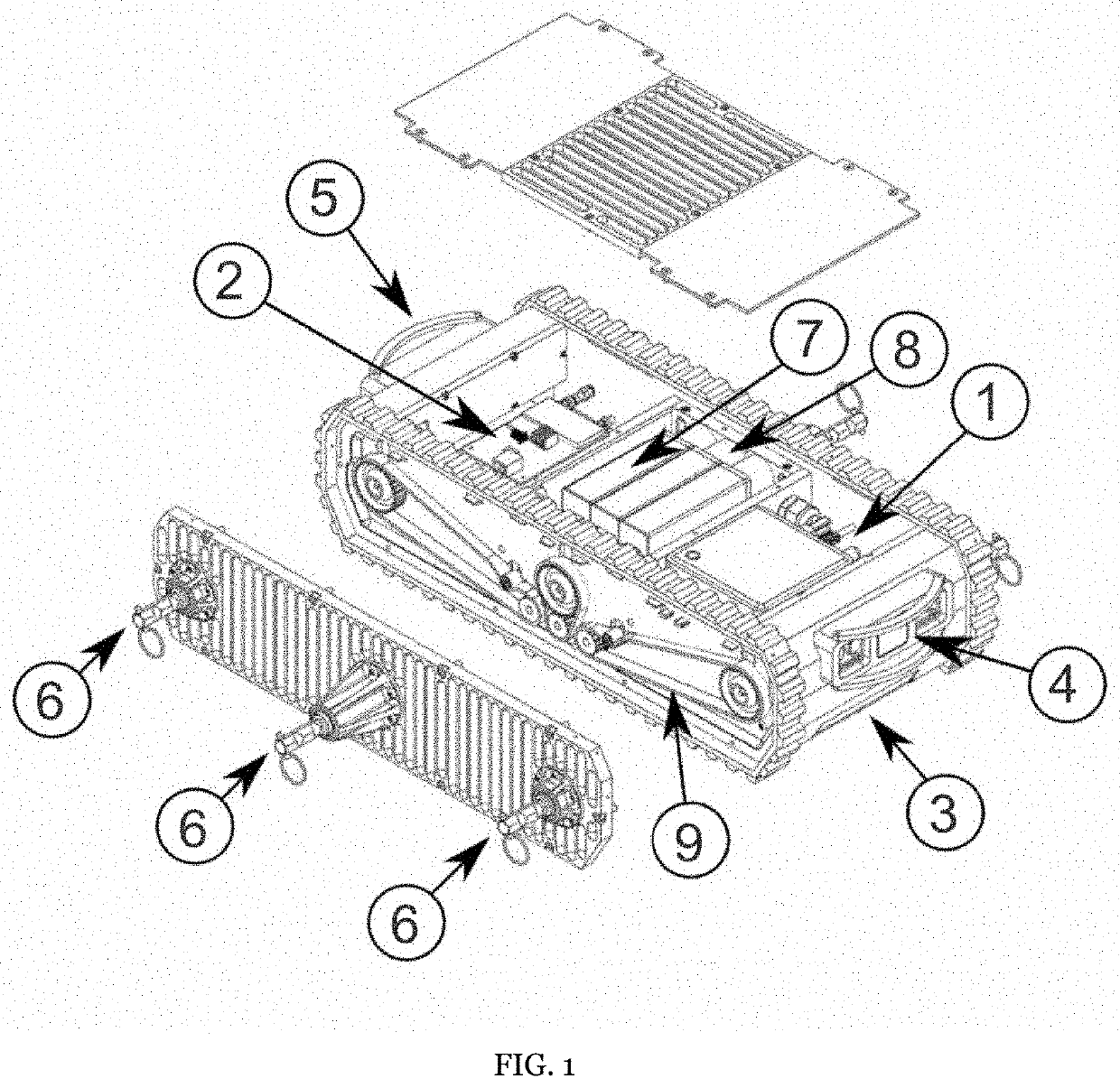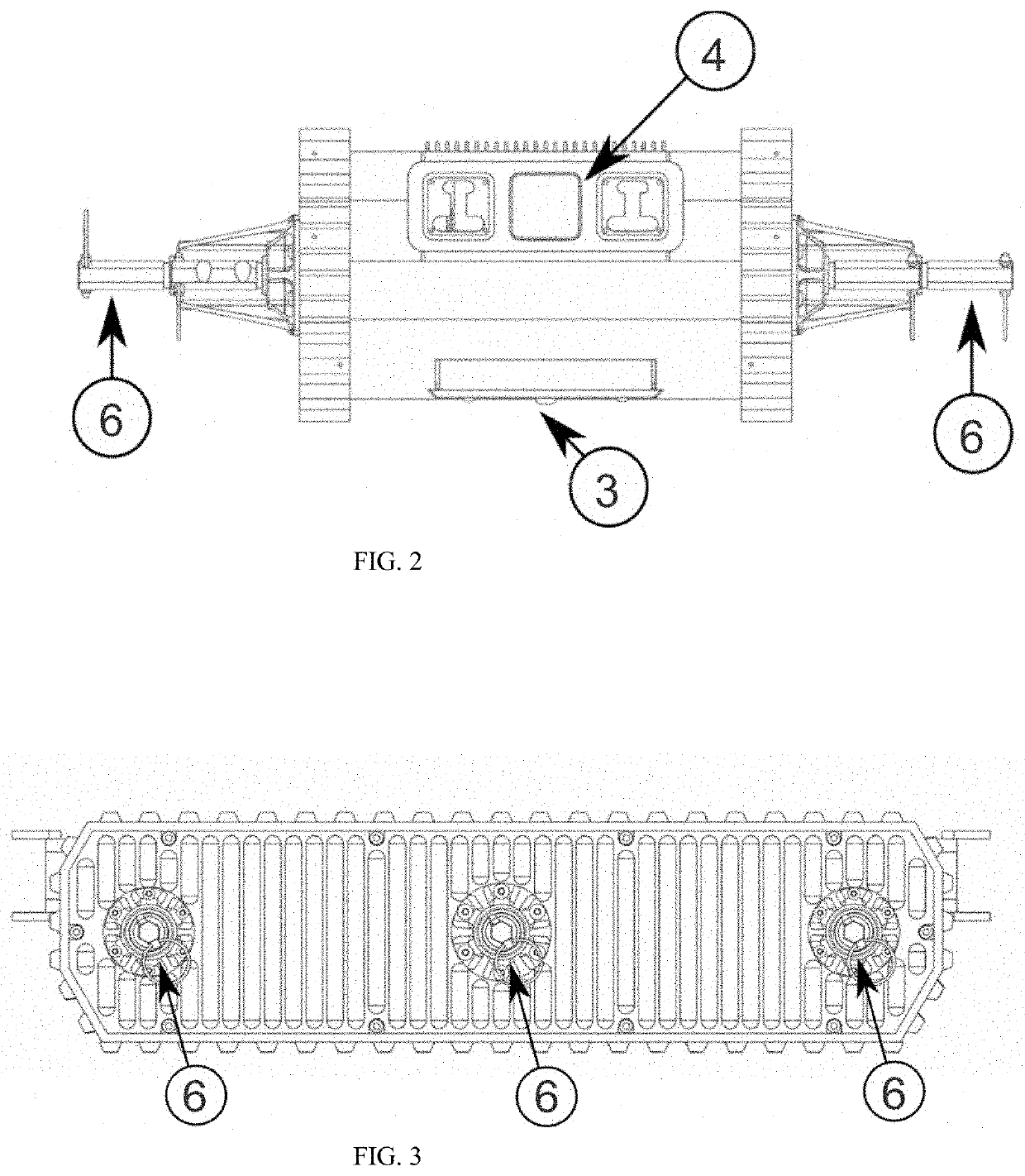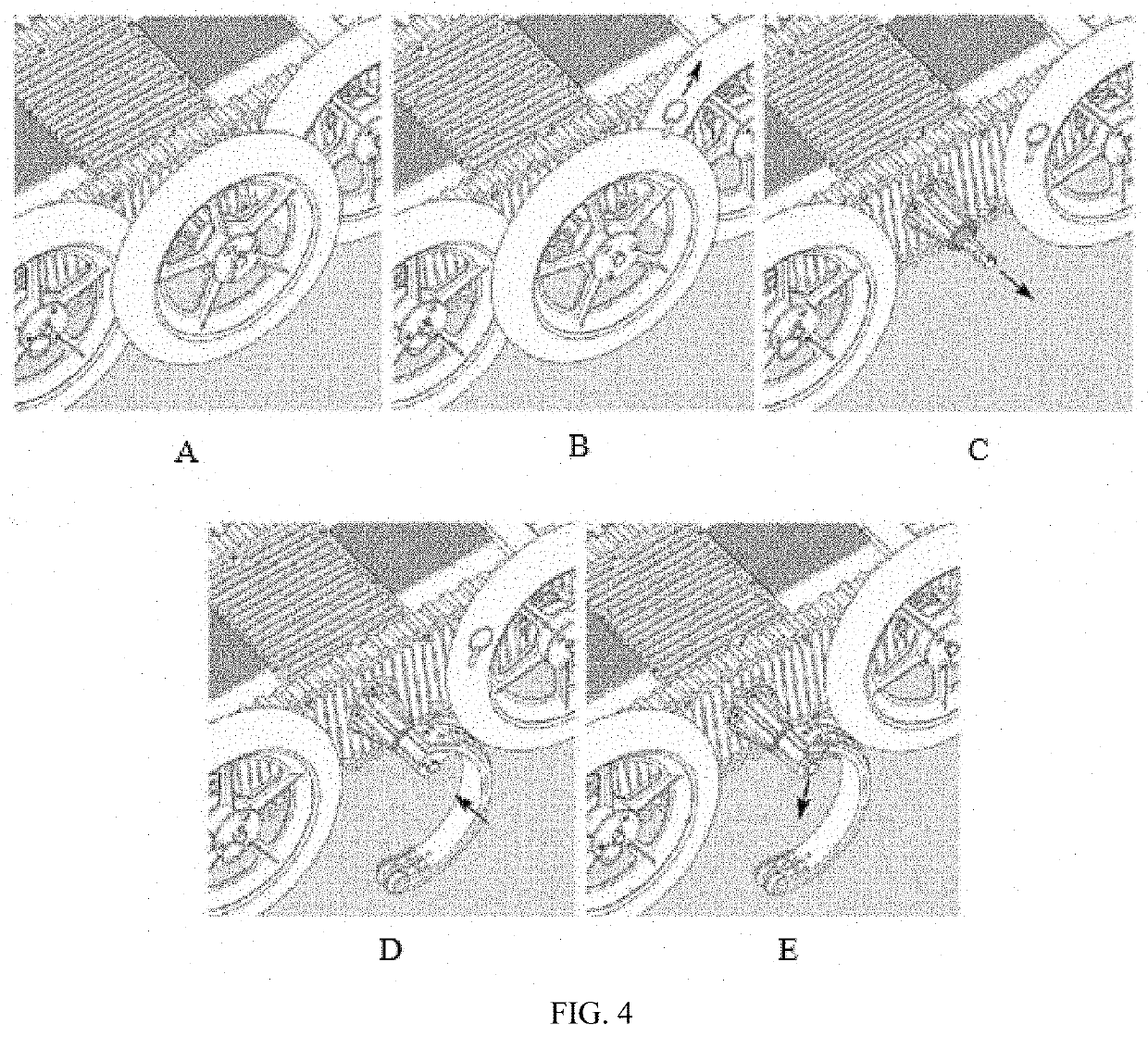Multi-terrain inspection robotic device and methods for configuring and guiding the same
a robotic device and multi-terrain technology, applied in the field of multi-terrain inspection robotic devices and methods for configuring and guiding the same, can solve the problems of human presence in such areas always relating with health hazards, and the dangers of natural caves, and achieve the effects of reducing the risk of injury
- Summary
- Abstract
- Description
- Claims
- Application Information
AI Technical Summary
Benefits of technology
Problems solved by technology
Method used
Image
Examples
Embodiment Construction
[0038]Natural caves have a very peculiar terrain topography. Depending on the geological formation, they may present from a smooth and structured to a rough and highly non-structured terrain. Furthermore, a single cave commonly has different kinds of terrain, what composes a heterogeneous topography with different requirements for optimal terrain transposing.
[0039]Considering that, the present invention consists on a single robotic device whose locomotion characteristics can be easily and quickly modified according to each kind of terrain presented in the cave. An operating assist module analyzes the terrain's topography, and based on that evaluate the tipping-over risk areas, suggesting possible locomotion configurations to transpose obstacles along the terrain. Each component and module present in this invention is explained below.
Robotic Device's Construction
[0040]The robot frame has a rectangular body shape, as can be seen in FIG. 1, FIG. 2 and FIG. 3. The robot carries a core c...
PUM
 Login to View More
Login to View More Abstract
Description
Claims
Application Information
 Login to View More
Login to View More - R&D
- Intellectual Property
- Life Sciences
- Materials
- Tech Scout
- Unparalleled Data Quality
- Higher Quality Content
- 60% Fewer Hallucinations
Browse by: Latest US Patents, China's latest patents, Technical Efficacy Thesaurus, Application Domain, Technology Topic, Popular Technical Reports.
© 2025 PatSnap. All rights reserved.Legal|Privacy policy|Modern Slavery Act Transparency Statement|Sitemap|About US| Contact US: help@patsnap.com



